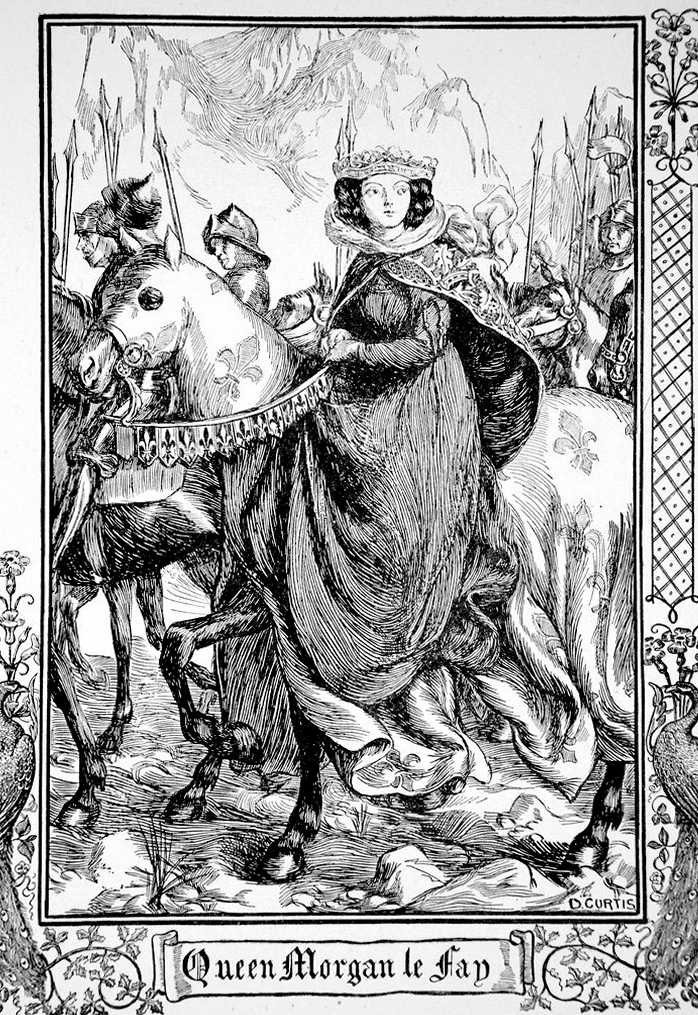Brief History: In the mysterious and freezing cold of northern Wisconsin, a creature known as the Hodag terrorizes the people of Rhinelander. This monster made up of an ox head (sometimes a frog), an elephant’s face (minus the trunk), a spiny dinosaur back complete with sharp tail, and four squat legs complete with fearsome claws. In 1893 Eugene Shepard and a group of friends captured a small a small Hodag, an event which was published in the papers. The beast had been placed on display at the county fair where hundreds of people claimed to see it move and hear it growl before they ran from the sight in terror. That is, until the Smithsonian Institute sent zoologists to study the Hodag.
Analysis: Several websites claim that the Hodag first appeared in Paul Bunyan tall tales as some sort of monster he used to pull his giant wagon. . . but I have never found one of theses stories (seriously, if you know one, send it in the comments below). Either way, the part of the tale which is true is Eugene Shepard’s photograph of him and his posse with the captured creature and that creature being on display at the county fair. Shepard liked to play tricked and, with a little help from his friends, built his own Hodag out of wood and leather. Wires and parlor tricks made paying customers think the Hodag was alive. . . that is until the Smithsonian Institute showed up to catalog the monster. Oops. Myth busted. People had wanted so much to believe there were undiscovered monsters in the depths of the Wisconsin woods, they allowed it to be the next Fiji Mermaid. Still, the town of Rhinelander loves their Hodag and what town wouldn’t capitalize on its own personal cuddly creature of the night? The Hodag is a sports mascot, statue, children’s book, country music festival symbol, and has even appeared on Scooby Doo. That’s right, Rhinelander! You’ve got the Mystery Machine looking for that shit - monetize the hell out of it while you can!
Blame it on the Victorians: Supernatural hoaxes were all of the rage from the mid 1800s to the 1910s. Most of you know about spiritualists who prayed upon the grieving and were even proven fake by Houdini in their own time. Still, the morbid and suppressed of western culture wanted to believe something more was out there. Photography was a new toy and it added to ways to make money off of the curious. Ghost photography, where an image was placed over another so it burned into the frame like a shadow in the background, was a popular ruse. There is also the famous case of the little girls who used pictures from a book to fool all of Great Britain that fairies lived in the glen in their home. Why wouldn’t Americans get in on this with a few made-up monsters?
Final Thoughts: By the way, this fantastic beast is in an updated version of J.K. Rowling’s imaginary textbook. Good job, Wisconsin!

























